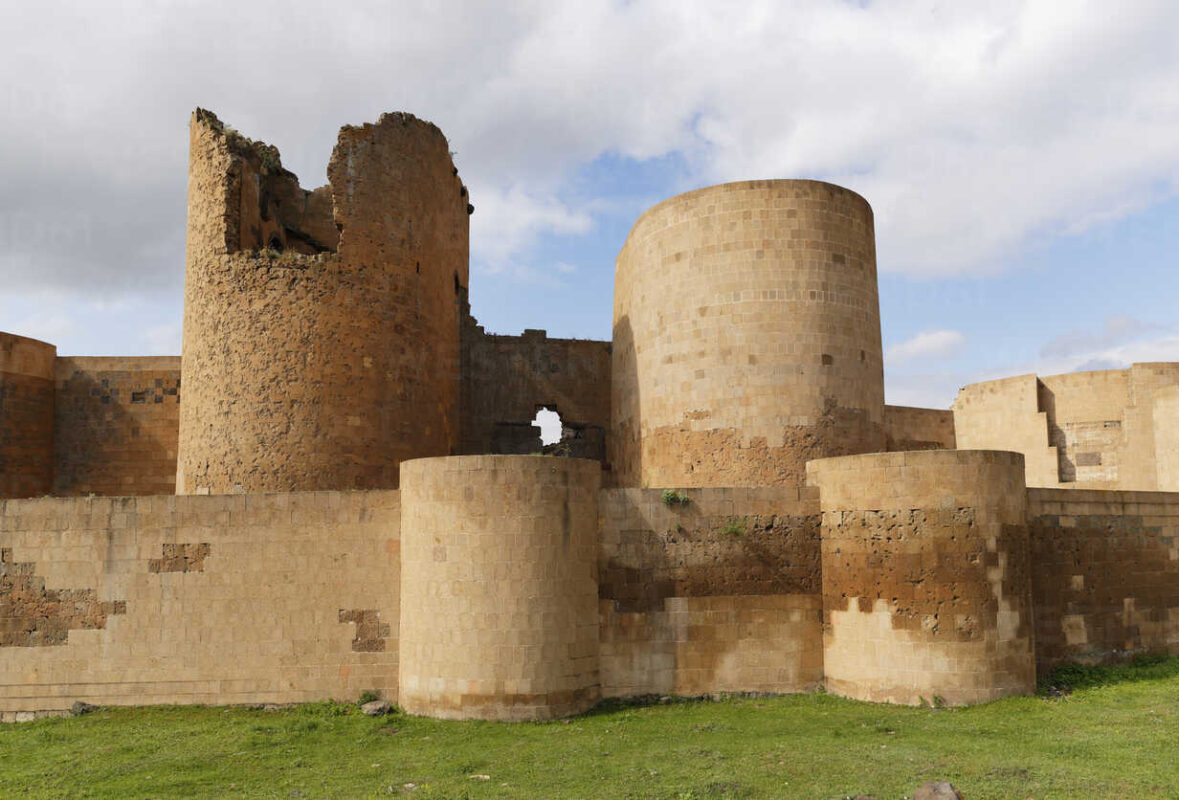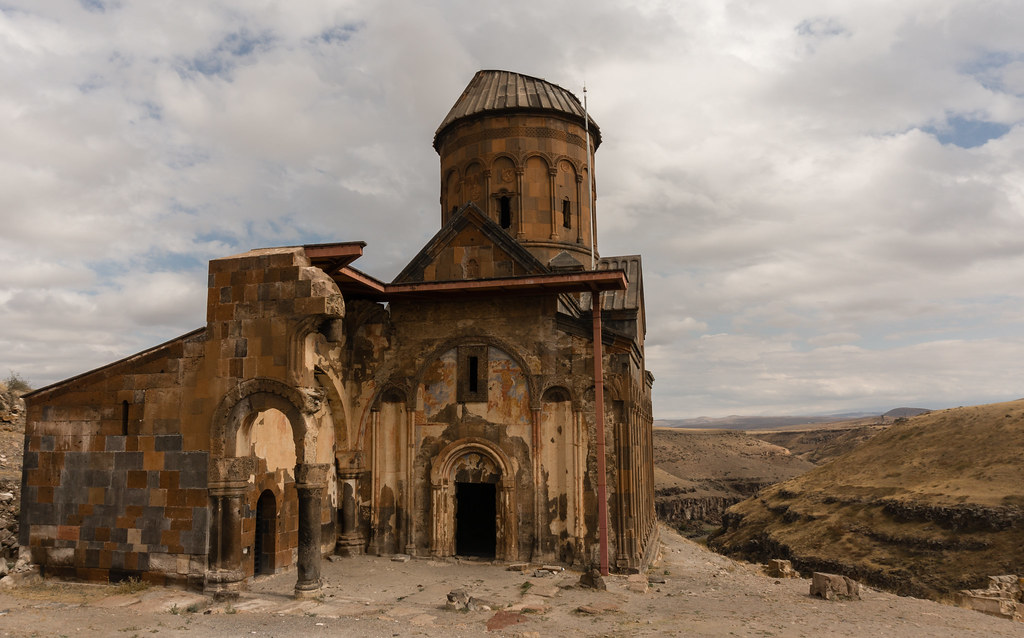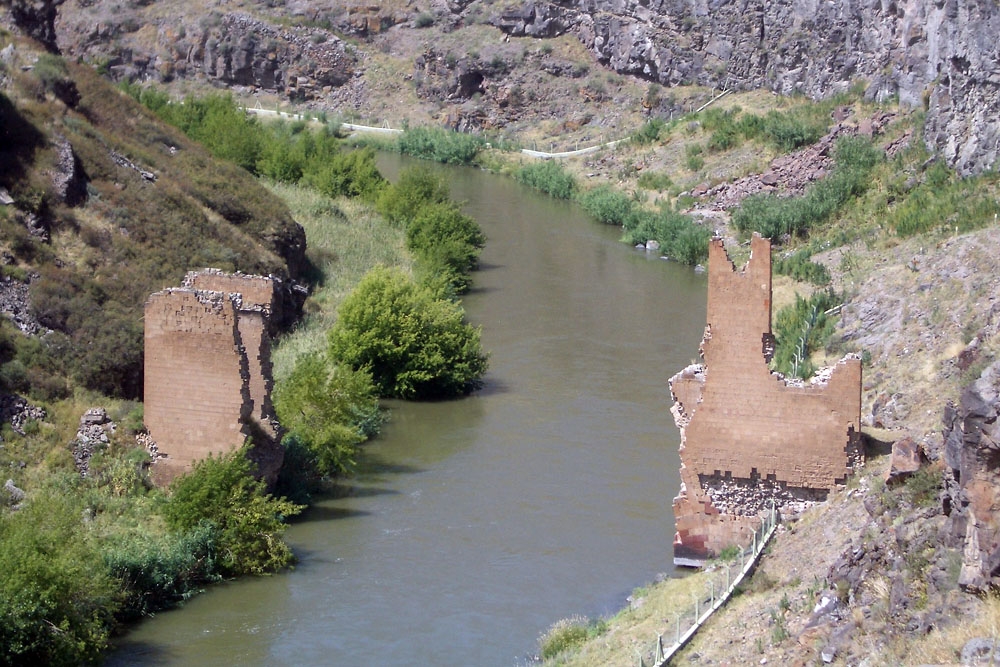
Ani City: the Forgotten Marvels of Turkey’s Ancient Capital
Welcome to Ani, an historic metropolis tucked away in the rugged landscapes of Japanese Turkey. Once a bustling medieval metropolis, Ani now stands as a hauntingly lovely ghost city. Also, It boasts a outstanding historical past and a structure that echoes the grandeur of its predecessor. You can take a journey to discover the fascinating ruins of Ani and uncover the hidden gems that make it a must-visit vacation spot for historical past fans and curious vacationers alike.
The Rise of Ani:
Once the capital of the Armenian Bagratid Kingdom in the tenth century. Ani was strategically situated alongside the Silk Road, which allowed it to flourish as a serious commerce and cultural hub. The metropolis’s prosperity attracted students, retailers, and artisans, leading to a cosmopolitan ambiance. The rise of Ani, Turkey’s medieval capital, is a saga of opulence, cultural alternation, and architectural brilliance. From its strategic location alongside the Silk Road to its golden age of prosperity and multicultural concord. Ani stands as a vivid reflection of the energy of the historical past that forms the destinies of nice cities.
The Walls of Ani:
The first sight that greets guests upon coming into Ani is the majestic metropolis partitions. Also, it’s an imposing defensive construction that encapsulates the ruins inside. The huge stone partitions stand as a testament to Ani’s significance as a fortified stronghold throughout its heyday. The Walls of Ani stand as a testament to the strategic significance of the historic metropolis and the ingenuity of its architects and builders. These formidable fortifications not only protected the medieval capital from exterior threats but additionally symbolized the power and resilience of Ani’s individuals.
The Church of Saint Gregory of Tigran Honents:
One of the most iconic constructions in Ani, the Church of Saint Gregory. It additionally dates back to the tenth century and is a hanging instance of Armenian ecclesiastical structure. Admire the intricate carvings and ornamental parts that adorn its facade. Also, it reveals the area’s inventive mastery throughout that period. Further, the Church of Saint Gregory of Tigran Honents is a treasure trove of historical past and architectural splendor. As you stand before this magnificent church, you won’t be able to help but be awe-inspired by its intricate carvings. Its testomony to the religious religion of its patrons, and its symbolic illustration of Ani’s wealthy cultural and spiritual heritage.
Ani’s Bridge and the Arpaçay River:
As you discover the fascinating ruins of Ani, do not miss the chance to go to the historic bridge that spans the Arpaçay River. This historic bridge soon played a vital role in connecting. Also, the metropolis was open to the outside world and served as a key hyperlink on the Silk Road. Take a second to admire the engineering prowess of the time and envision the bustling commerce caravans that crossed this waterway. Ani’s Bridge, gracefully spanning the Arpaçay River, serves as a tangible hyperlink to the wonderful past of this historic metropolis in Turkey. Its architectural marvel and strategic significance make it an emblem of Ani’s prosperity and influence throughout the medieval period.
The Zoroastrian Fire Temple:

Ani’s wealthy historical past transcends spiritual boundaries, and one such instance is the Zoroastrian Fire Temple. It is a historic place of worship devoted to the Zoroastrian religion. This web site attests to the metropolis’s multicultural past and serves as a testomony to the spiritual tolerance that thrived in Ani. The central ingredient of a Zoroastrian Fire Temple is the sacred fireplace, which symbolizes divine gentleness and purity. Fire is taken into account as a strong illustration of Ahura Mazda, the supreme deity in Zoroastrianism. The fireplace is repeatedly kept burning and is fastidiously tended by the temple monks.
Ani’s Archaeological Museum:
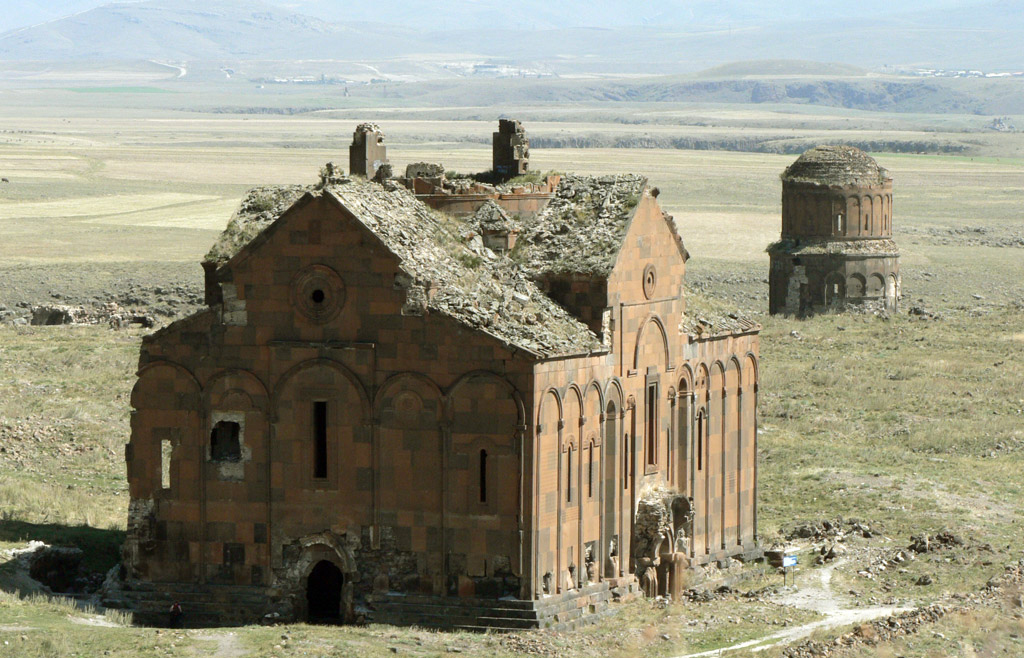
For a deeper understanding of Ani’s historical past and its archaeological treasures, go to the Ani Archaeological Museum. Here, you’ll be able to uncover an enormous assortment of artifacts unearthed from the ruins. Also, it consists of sculptures, ceramics, and spiritual relics, offering useful insights into each day’s life. To get the most accurate and up-to-date details about the Ani Archaeological Museum. You can contact the native tourism authorities or go to the official web site of the museum if one is available.
Ani Cathedral:
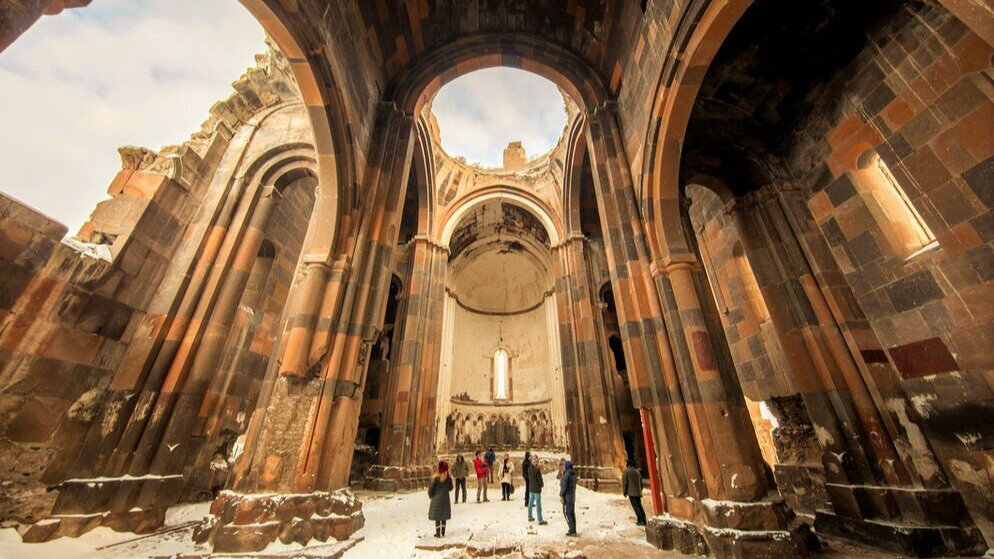
Dominating the skyline, the Ani Cathedral is a wide-ranging sight to behold. Also well-known as the Cathedral of Ani or the Cathedral of the Holy Mother of God. This spiritual marvel soon stood as the largest cathedral in the Christian world. Though now in ruins, its towering arches and remnants of frescoes nonetheless exude an awe-inspiring aura. The cathedral’s structure showcases a novel mix of Armenian and Byzantine influences. It features intricate stone carvings, ornamental motifs, and spectacular domes. Its grand dimension and design have been a testimony to the metropolis’s prominence. Also, the wealth of the Armenian kingdom throughout that period
The Church of St. Gregory of the Abughamrents:
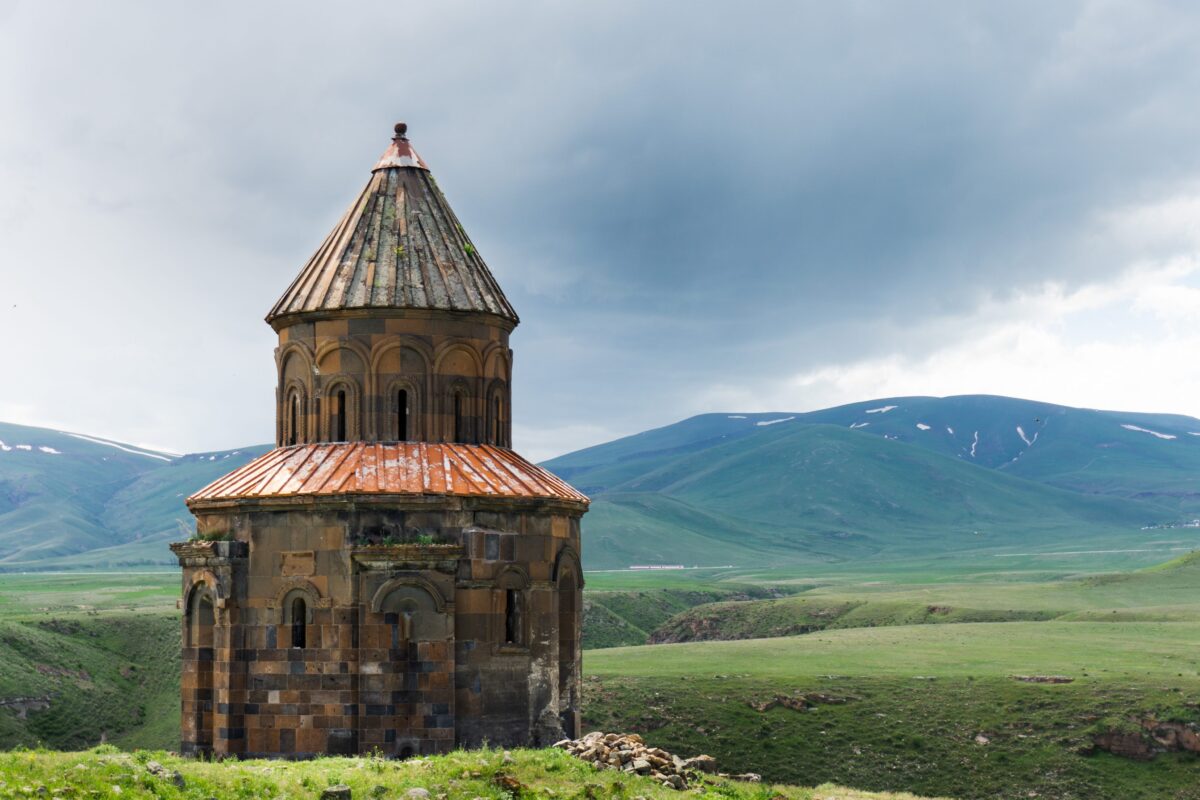
Built-in the Eleventh century, this church represents a high-quality instance of the transition from conventional Armenian architectural types to extra Byzantine influences. Its dome and decorative particulars are a sight to behold, a fusion of cultures that encapsulates the wealthy historical past of Ani. The Church of St. Gregory of the Abughamrents, additionally known as the Cathedral of Ani. It was built in the tenth century and is a superb instance of Armenian ecclesiastical structure. It is known for Saint Gregory the Illuminator, the patron saint of the Armenian Apostolic Church. The church’s development and design showcase the inventive and engineering abilities of the time.
The Citadel:
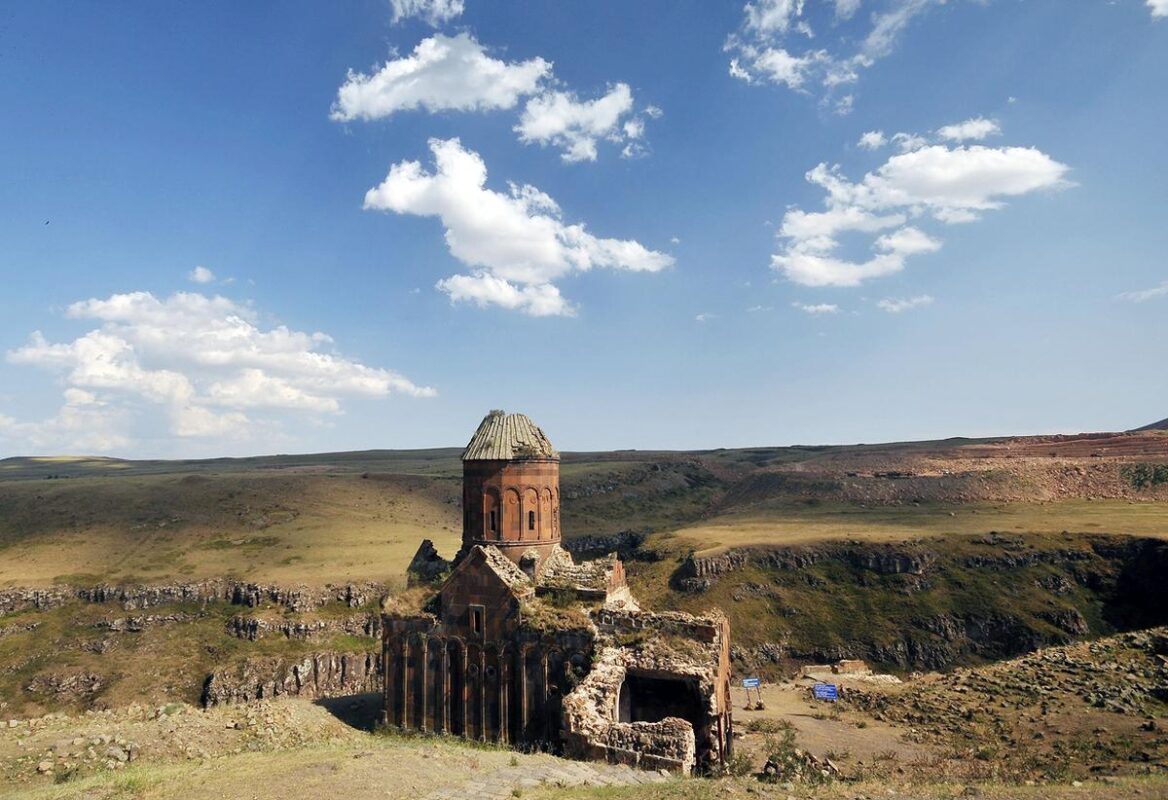
Situated at the highest level of Ani, the Citadel gives panoramic views of the surrounding landscapes. Also, It provides perception into the metropolis’s strategic significance. Also, guests can admire the magnitude of the historic metropolis and its strategic location alongside historic commerce routes. The Citadel of Ani is located on a strategic hill overlooking the metropolis. The fortress was an emblem of the metropolis’s army and political energy throughout its heyday.
The Church of the Redeemer:
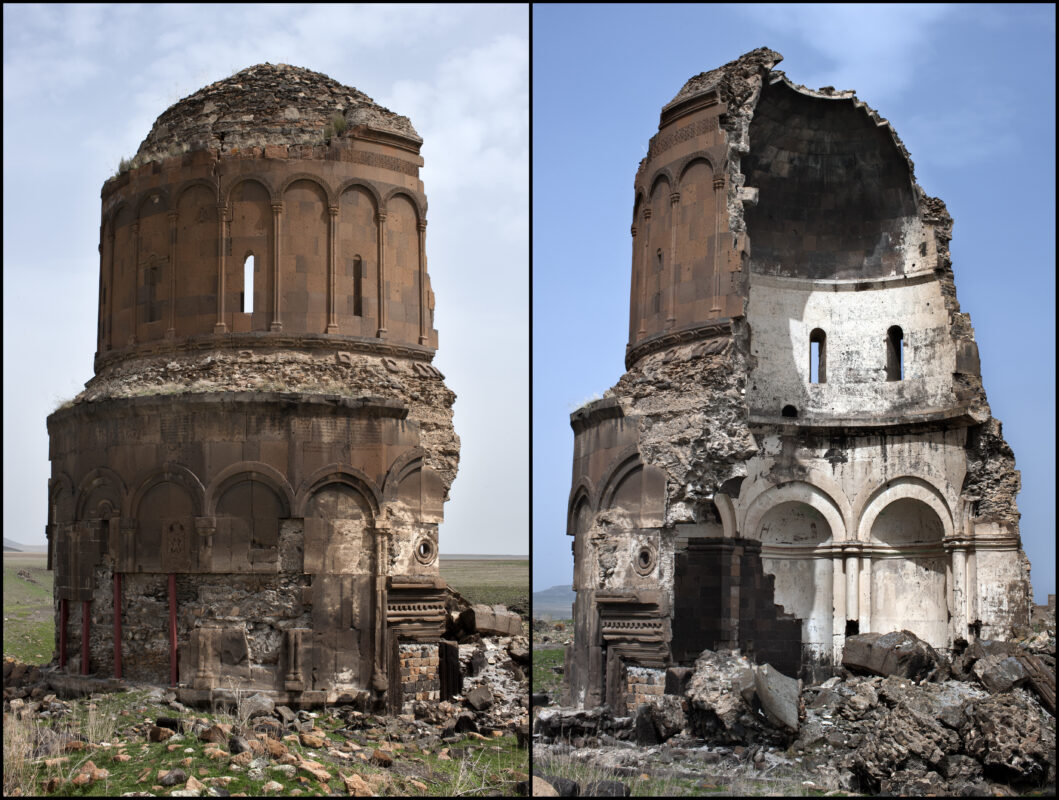
This Eleventh-century Armenian Apostolic church features intricate carvings and an uncommon round design, setting it apart from the extra-typical cruciform plan of different church buildings in Ani. The Church of the Redeemer is a testament to the revolutionary architectural experiments that befell the metropolis throughout its golden age. The Church of the Redeemer was constructed in the Eleventh century, and like many different church buildings in Armenia, it showcases a mix of Armenian and Byzantine architectural influences. It is a vital instance of Armenian ecclesiastical structure and displays the spiritual and cultural significance of the area throughout its golden age.
Conclusion:
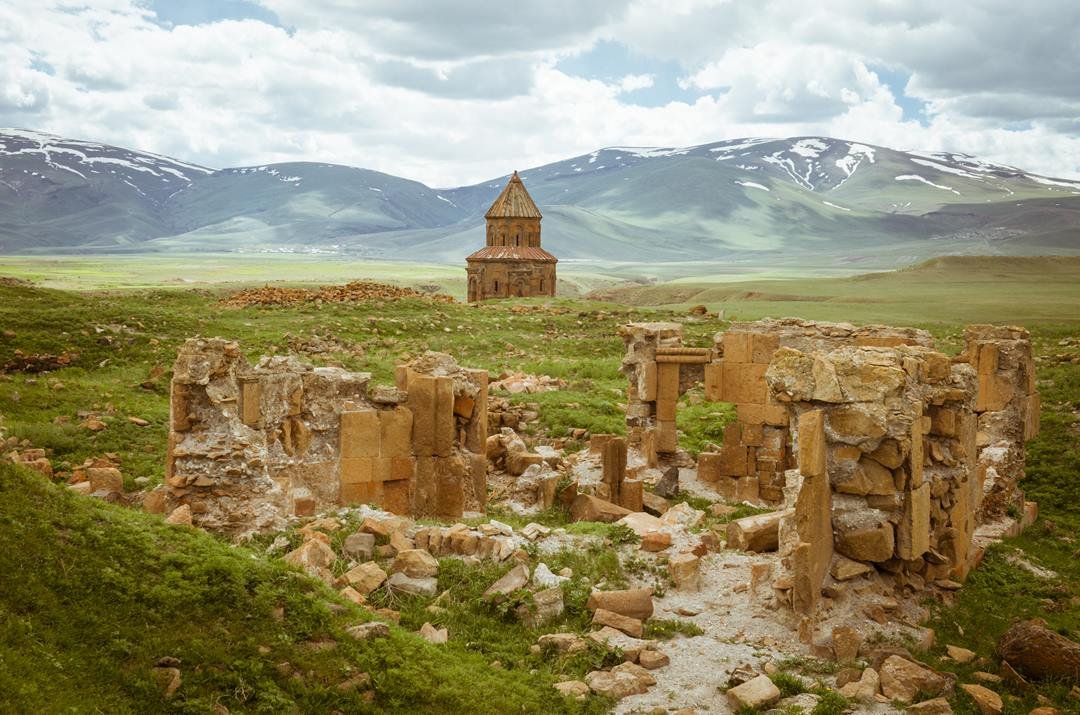
Ani City stands as a poignant reminder of the passage of time and the resilience of human heritage. Its crumbling ruins, once teeming with life and vibrant tradition, now supply a fascinating glimpse into the glory of the past. As you wander by way of the historic streets and discover the hauntingly lovely church buildings and citadels, you will be transported to a bygone period, immersing yourself in the story of a once-thriving metropolis now steeped in thriller and attraction.
For historical past buffs, structure aficionados, and intrepid vacationers searching for off-the-beaten-path locations, Ani City in Turkey guarantees an unforgettable and enlightening expertise. As you venture into the past, you will undoubtedly depart with a deeper appreciation for the enduring legacy of Ani and its profound impression on the cultural tapestry of Turkey and the past.


